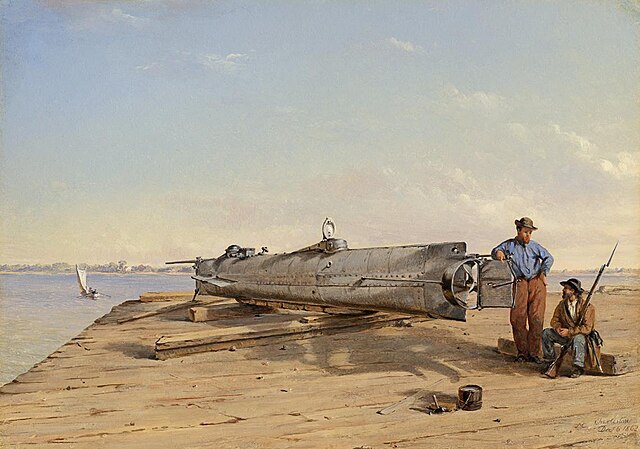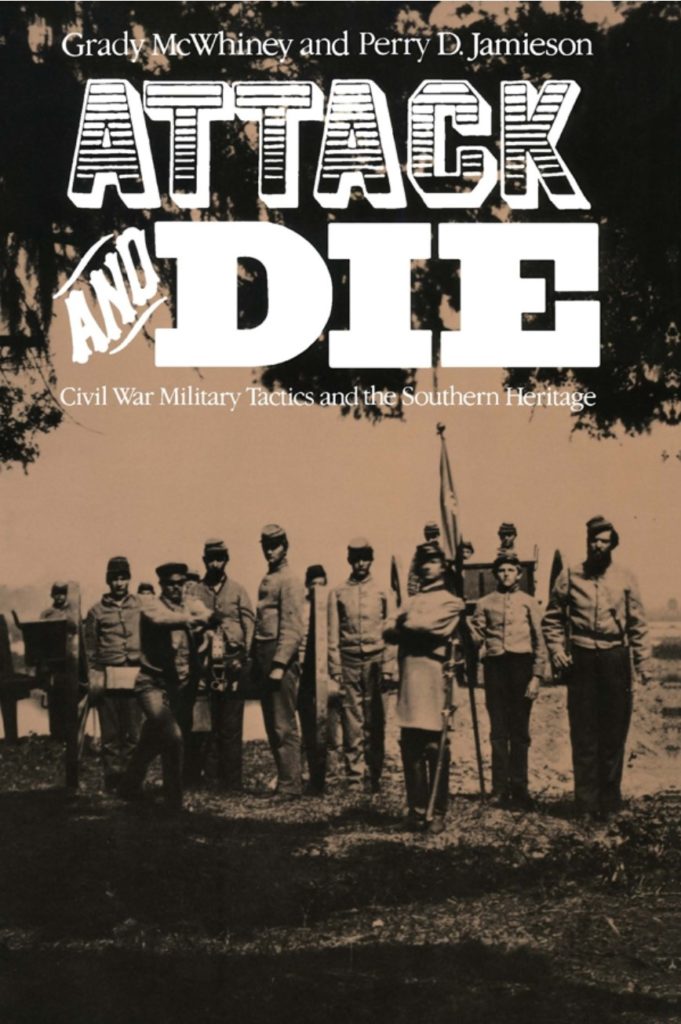Nick Marinaro on “The CSS Hunley Part 2 of 3”

Nick Marinaro will present the second of his three-part series on the Confederate submarine the H. L. Hunley, the first underwater vessel to successfully sink a warship, the USS Housatonic. The Hunley was also sunk in the attack, then finally raised in year 2000, thanks largely to generous funding by the adventurer and novelist Clive Cussler. The Hunley has been painstakingly researched and restored ever since, by scientists at the Warren Lasch Center in Charleston South Carolina.
Nick Marinaro, born and raised in Fresno, California, since elementary school has been interested in Civil War history. Nick graduated from Clovis High School and Stanford University. In 2010 he retired as Fire Chief after a 38 year career with the Stanford University and City of Palo Alto Fire Depts. For 21 years Nick has been a Lions Club active member and officer. He also services on the board of the Palo Alto-Stanford PAST Historical Association. Nick has been a member of PCWRT for 2-1/2 years and currently serves as the PCWRT Treasurer.

